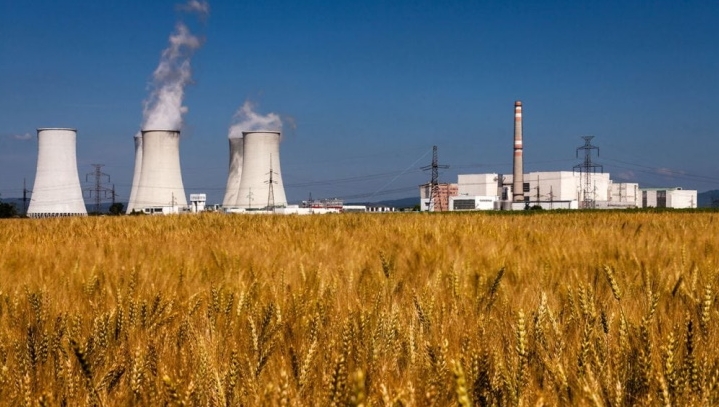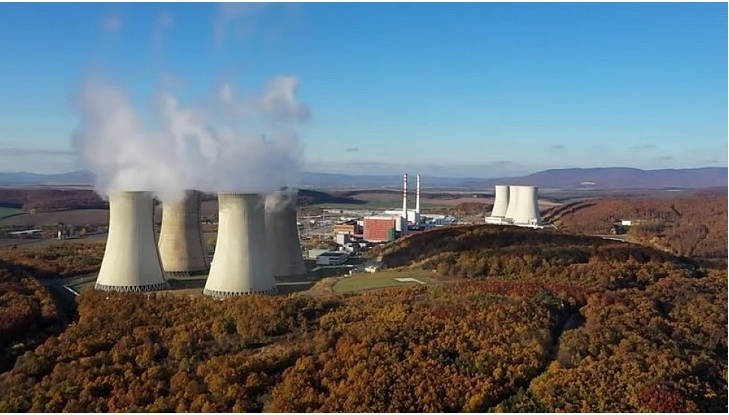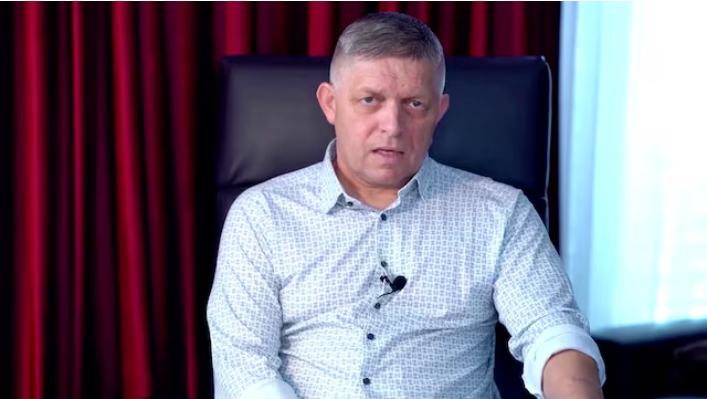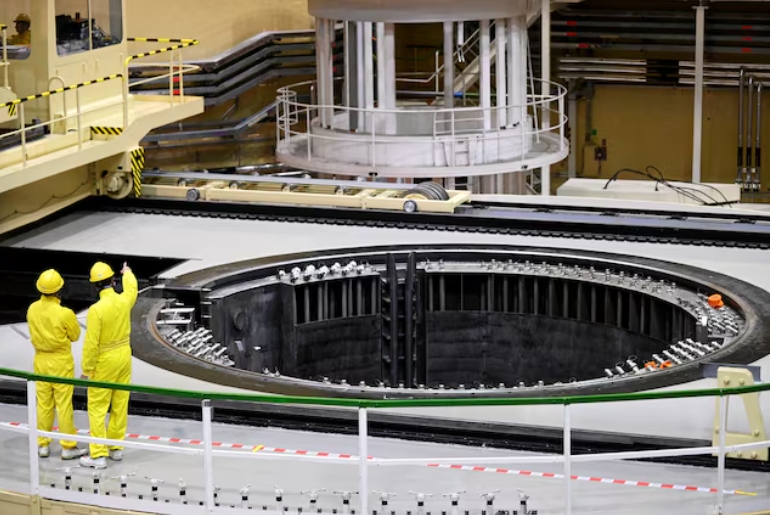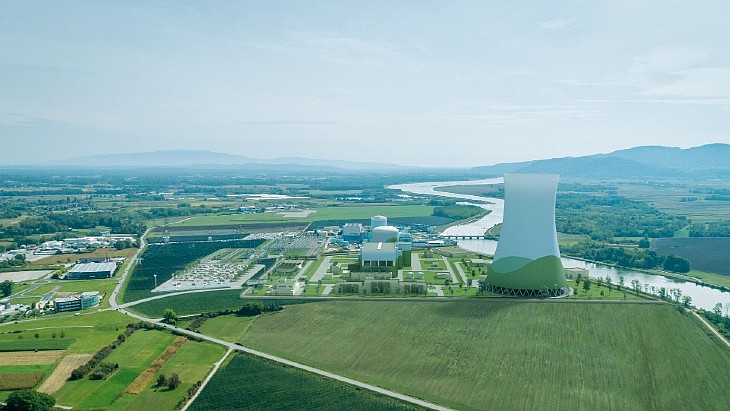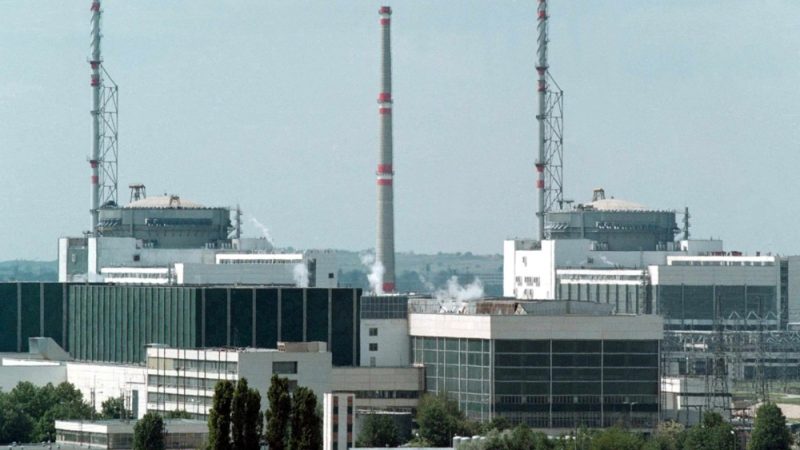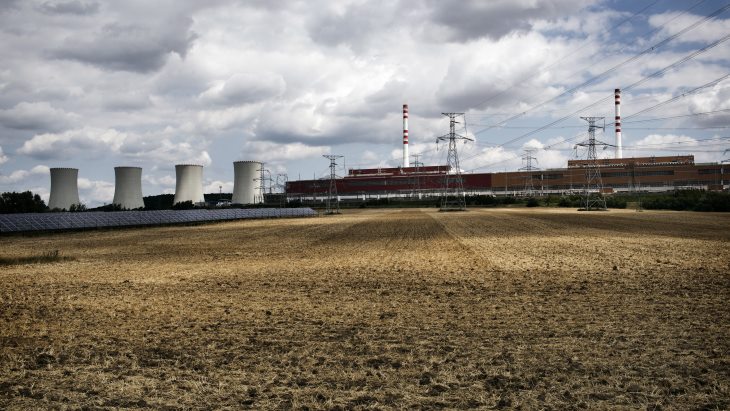This is an increase from the previous year, and it beats the previous record from 2017, when almost 46% of electricity consumption originated from wind and solar generation.
Massive Expansion In Wind Has Begun
The main reason for the rising power generation from wind in 2019 is that the Horns Rev 3 offshore wind farm went online a few months ago. It’s located west of Denmark and can by itself cover the annual electricity consumption of about 425,000 households (about 20% of total Danish households). It consists of 49 Vestas V164-8.3 MW turbines, giving it a total nameplate capacity of 407 MW, equivalent to the last major wind farm that went online in the country in 2013: the 400 MW Anholt wind farm, which has 111 Siemens turbines, 3.6 MW each. That’s cutting the number of turbines needed watt-to-watt in half in 6 years, which explains the rapid decline in offshore wind energy cost over the last decade.
Jan Hylleberg, CEO of Wind Denmark, which represents the Danish wind turbine industry, stated to dr.dk: “It’s primarily the endorsement of Horns Rev 3 that has increased output, but it’s also related to the fact that 2019 has been a somewhat better wind year than 2018.”
However, the staggering growth has only just begun. The 600 MW offshore wind farm Kriegers Flak in the Baltic Sea will be connected to the Danish and German electricity grid by 2021, and by 2025 the offshore wind farm Thor in the North Sea is scheduled to be connected at a nameplate capacity of at least 800 MW. Thor is the first of 3 giga-size offshore wind farms that the Danish Parliament agreed in 2018 to build by 2030.
With these wind power moves, renewables becoming the dominating energy source, and the broad majority in the Danish Parliament having just reached agreement on an ambitious climate law, the aim of reducing CO2 emissions by 70% in 2030 compared with 1990 is not a pipe dream and might actually help Denmark realize its end goal of being CO2 neutral by 2050.
